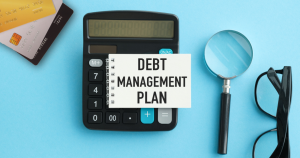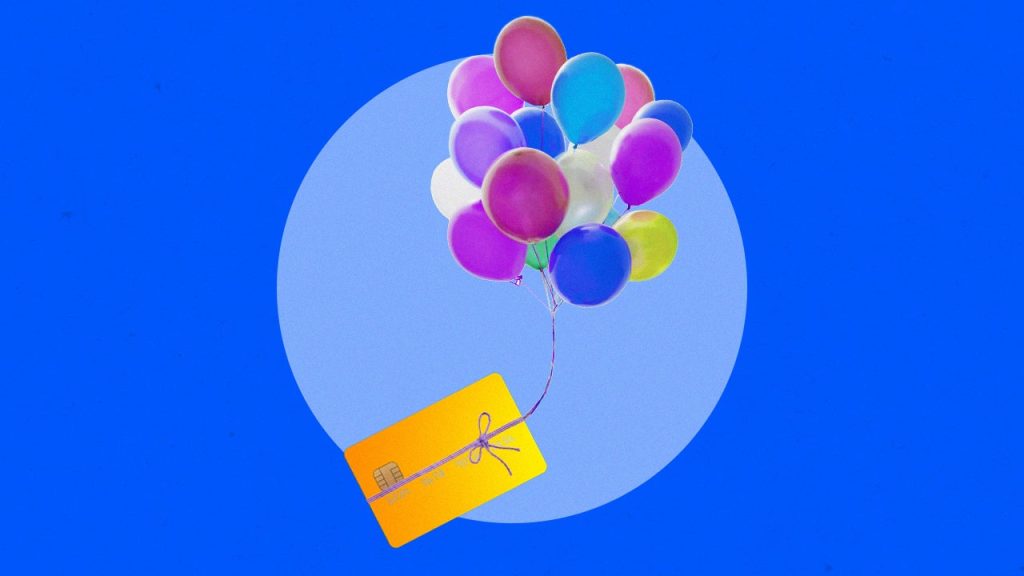Images by Getty Images; Illustration by Austin Courregé/Bankrate
Responsibly using a credit card means understanding how interest works and what it means for how much you could owe. Ideally, you’ll be able to pay your balance in full every month, but if you find yourself needing to carry a balance at some point, interest charges can rack up quickly. Here’s the lowdown on how credit card interest is calculated.
How credit card interest works: Credit card interest is the price you pay to borrow money from a lender. In most cases, credit card interest is charged when you don’t pay your entire balance by the end of your grace period (if your card has one) and decide to carry a balance from month to month.
The difference between interest and APR: The terms “annual percentage rate (APR)” and “interest rate” are often used interchangeably when discussing credit cards. However, there are some differences.
- Interest rate
-
An interest rate is just the cost of borrowing money, expressed as a percentage of the loan principal, and it doesn’t include any other charges. Interest rates are typically associated more with mortgages and other types of loans.
- APR
-
APR is the annual cost of credit, including both the interest rate and any applicable fees; for most credit cards, interest rate and APR are the same. The APR is expressed as a percentage and is the most widely used rate to compare credit products. There’s also more than one type of APR, including:
Purchase APR: The most commonly marketed APR applies to purchases made with your card
Balance transfer APR: Applied to any balance transfers you make to your card
Penalty APR: Kicks in after you fail to make at least the minimum payments due on your credit card and are usually higher than your card’s regular purchase or balance transfer APR
Americans paid $130 billion in both credit card interest and fees in 2022, the most recent year for which data is available (Consumer Financial Protection Bureau)
Why it matters: Interest, or the rate banks charge to lend you money, is an important factor to consider when using credit cards. Forty-three percent of those carrying credit card debt didn’t know the interest rates attached to their cards, according to a December 2022 Bankrate survey. Understanding how interest is calculated, and how you can calculate it yourself, can help you plan for the times you might have to carry a balance — or even avoid carrying one altogether.
Calculate credit card interest on your own: When calculating credit card interest, it’s important to consider the different factors that go into it. It’s calculated based on your annual percentage rate (APR), which is the interest rate expressed on an annual basis, as well as your average daily balance. You can calculate your interest using the following steps:
Bankrate’s take:
Whether you look at the calculations for your credit card interest monthly or daily, your debt will continue to rise if you don’t make a plan to pay it off. If you find yourself carrying a balance from month to month, prioritize paying down that debt as quickly as possible.
What happens if you carry a balance: When this occurs, the credit card company will calculate how much you owe at the end of each billing cycle. Although your interest compounds daily, your issuer typically won’t add the interest to your balance until the first day of the next billing cycle. This process is repeated each month if you don’t pay off your balance in full.
Statistics to keep in mind
- The average American has between three and four credit cards, according to Experian, and 46 percent of credit cardholders carry a balance from month to month, according to Bankrate’s 2025 Credit Card Debt Report. Depending on their credit card terms, that means that 46 percent of cardholders could be charged interest on their purchases from month to month.
- In June 2025, 54 percent of millennial U.S. cardholders carrying a credit card balance had been in debt for a year or more (Bankrate)
FAQs
Why we ask for feedback
Your feedback helps us improve our content and services. It takes less than a minute to
complete.
Your responses are anonymous and will only be used for improving our website.
Help us improve our content
Read the full article here









